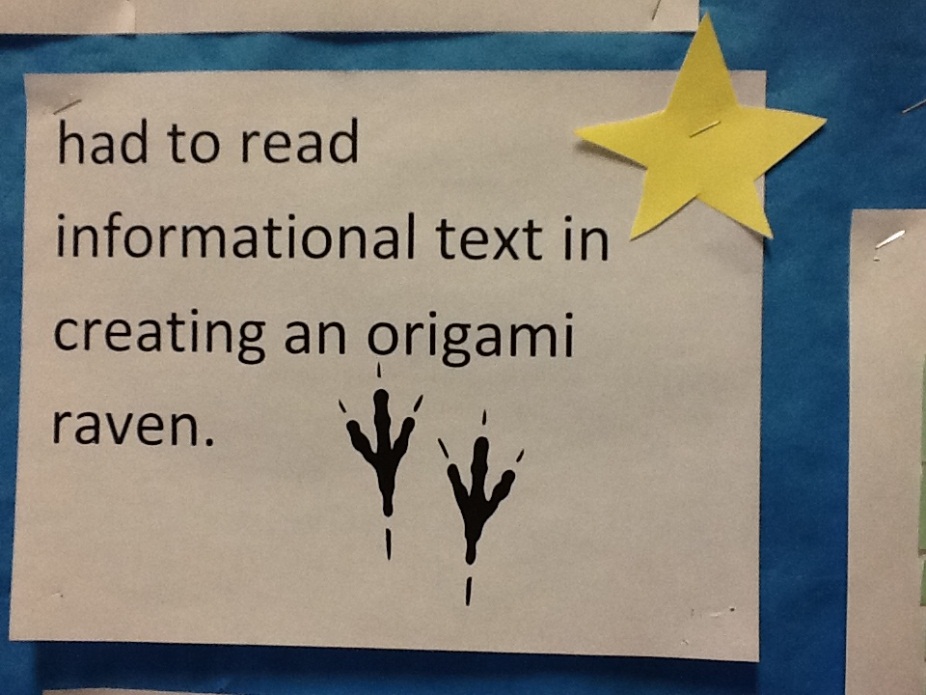- Julie Della Torre, Storyteller
The
strongest work we as storytellers do in the classroom, the work that has the
most impact on students is when the teacher and the storyteller work
collaboratively--two professionals working together, a professional storyteller
and a professional teacher--each bringing unique skills to the project.
The
professional storyteller does the work of learning her/his story in-depth. The storyteller researches and finds the
story, learns the text, analyzes the story, and studies the culture from which
the story emerges. She/he understands different types of stories from the folklore
genre.
The
professional teacher knows her/his students.
She/he is eminently familiar with grade curriculum and the skills
students need in their classroom.
By
telling stories and leading literary discussions of the stories, the
storytelling gives a class an oral text from which to work on all types of
curriculum. We storytellers hope that teachers learn from our tellings and from
the follow-up discussions and activities. In truth, we storytellers, if we take
time to listen to teachers, learn much more.
I
was the storyteller for a Storytelling Arts residency in a middle school in
Paterson, New Jersey. As part of the
residency I told stories to the 5th and 7th grades and
facilitated follow- up discussions.
The goals for the project were
to
·
Increase
students' awareness, comprehension, and appreciation of literature.
·
Improve
listening skills.
·
Stimulate
students' imaginations.
·
Help
students' to have a more intuitive understanding of story structure which will
carry over into their writing skills.
·
Reinforce
teachers' understanding that the ancient art of storytelling can serve and
integral role in the school curriculum
·
Increase
students' awareness, comprehension, and appreciation that stories are the
world’s culture
And she did! After hearing
the story, she had the students do all sorts of reading and writing.
Ms. Kober went on, “All of
the skills you see are prior skills. This was just a great way to review. They
loved it. I was amazed that they could sequence the story after just hearing it
once. And they could read and follow the directions to make origami ravens.
That’s reading informational text.”
Take a look at the writing assignments
her students completed and what a beautiful bulletin board it made for showing
off their work.











